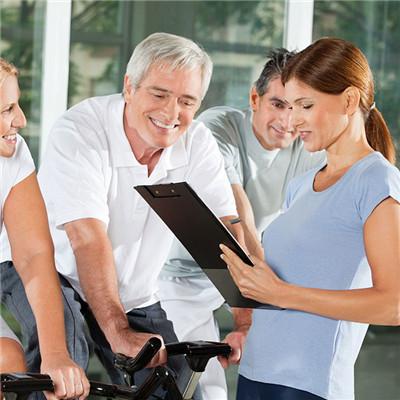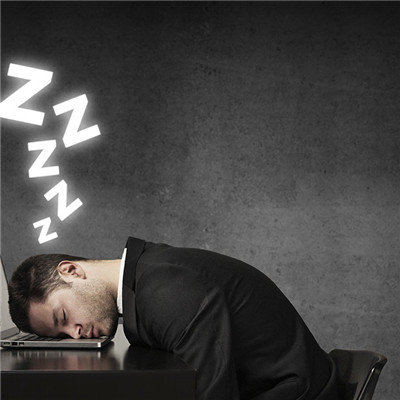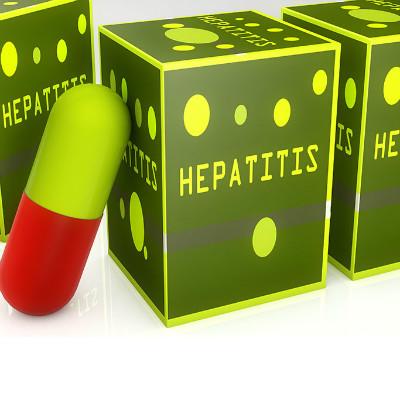Hypoglycemia coma symptoms?
summary
Hypoglycemic coma hypoglycemia refers to the venous plasma glucose concentration is lower than 2.8 mmol / L (50 mg / dl), caused by hypoglycemia coma called hypoglycemic coma. Hypoglycemic coma is the most common and important complication in the treatment of diabetes. With the increasing number of diabetic patients and the aging population, the number of elderly patients with hypoglycemic coma is increasing year by year. According to the statistics of the emergency department of a hospital in the past five years, the number of elderly coma patients in the emergency department accounts for 9% - 12%. Some patients have to be treated in time because of early treatment, and some patients delay treatment because of the discovery and treatment not in time, leading to irreversible brain damage or even death. Therefore, hypoglycemic coma must be treated urgently. Hypoglycemia coma symptoms? I'd like to share my views with you.
Hypoglycemia coma symptoms?
1. Sympathetic nerve excited performance. This group of symptoms is more obvious when the blood sugar drops faster and the adrenaline secretion is more. It is a compensatory reaction caused by hypoglycemia, mainly including sweating (about 1 / 2, cold sweat is more common), shaking (about 1 / 3), blurred vision, hunger, weakness (about 1 / 4-1 / 3), tension, pale complexion, palpitation, nausea and vomiting, cold limbs, etc.
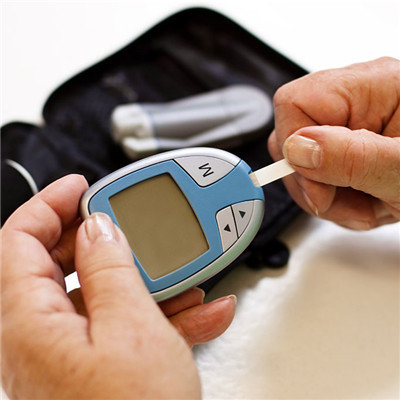
2. The central nervous system is inhibited. This group of symptoms is more common in the patients whose blood sugar drops slowly and persistently. The main clinical manifestations are central nervous system hypoxia and hypoglycemia. The more advanced the central nervous system is, the earlier it is inhibited and the later it recovers. The main manifestations were as follows: ① the cerebral cortex was inhibited; Consciousness is blurred, orientation and recognition are gradually lost, headache and dizziness, forgetfulness, language disorder, drowsiness and even coma and fall. Sometimes there are mental disorder, fear, panic, hallucination, mania, etc; ② The subcortical center was inhibited; Delirium and restlessness may include clonic dancing or infantile movement tachycardia, mydriasis, paroxysmal convulsion, positive pyramidal tract sign, etc. Patients may have epilepsy symptoms; ③ The medulla oblongata was inhibited; Deep coma, decerebral ankylosis, disappearance of various reflexes, shallow and weak breathing, decreased blood pressure, and pupil narrowing. Such a situation lasted for a long time, the patient is not easy to recover.
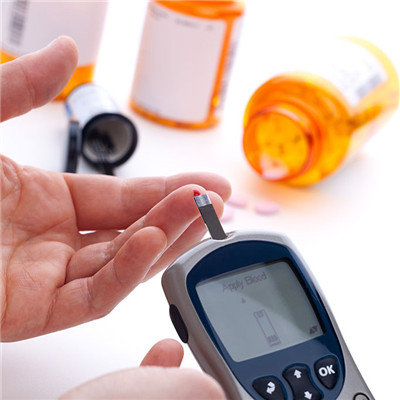
3. Mixed manifestation refers to both sympathetic nerve excitation and central nerve inhibition, which is more common in clinic. 4. Symptoms of primary diseases, such as liver disease, malignant tumor and severe infection, multiple endocrine neoplasia, pituitary adenoma and parathyroid disease, etc.
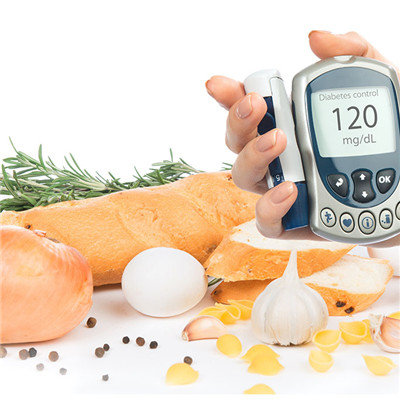
matters needing attention
Exercise should be banned for any disease with the aura of ketoacidosis. It is not suitable for patients with high blood sugar during exercise. When the fasting blood glucose of patients with severe diabetes is above 16.8 mmol / L (300 mg%), exercise is easy to cause ketoacidosis, so exercise should be avoided. For such patients, special attention should be paid to prevent hypoglycemia. Exercise should avoid the peak time of drugs, when necessary, carry sugar food, such as hypoglycemia symptoms can be taken at any time.

